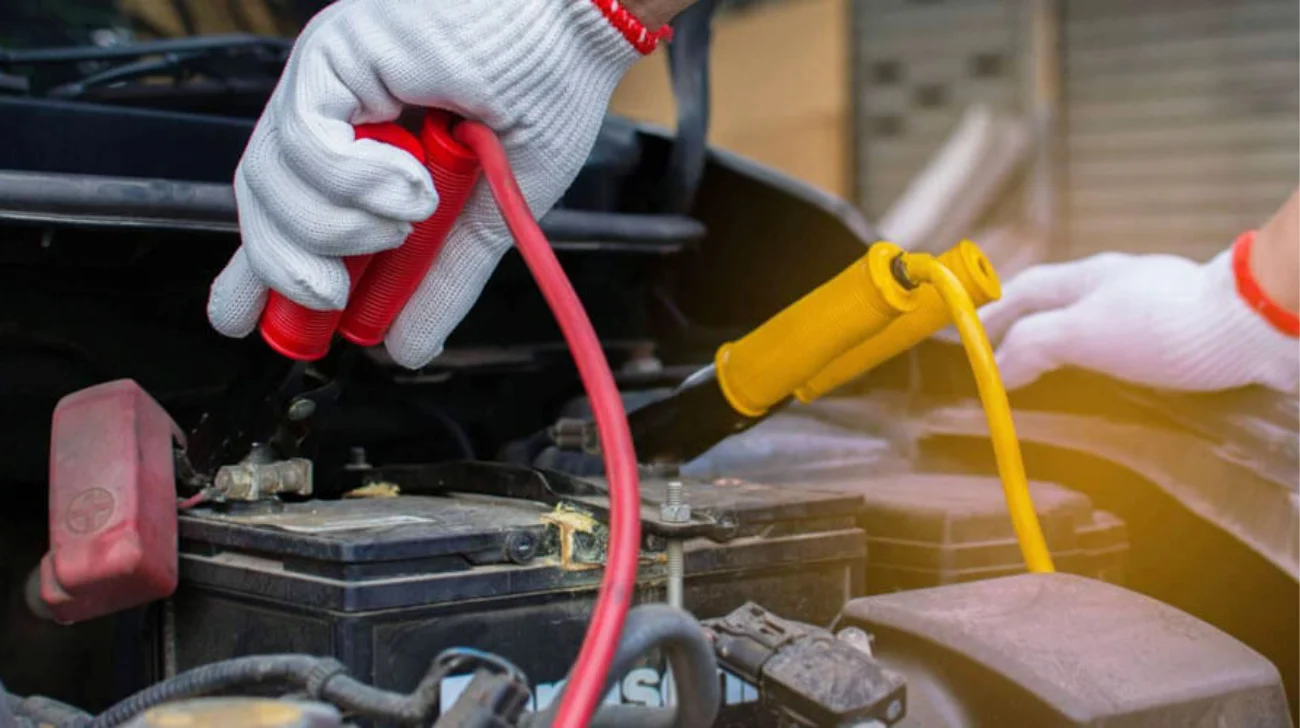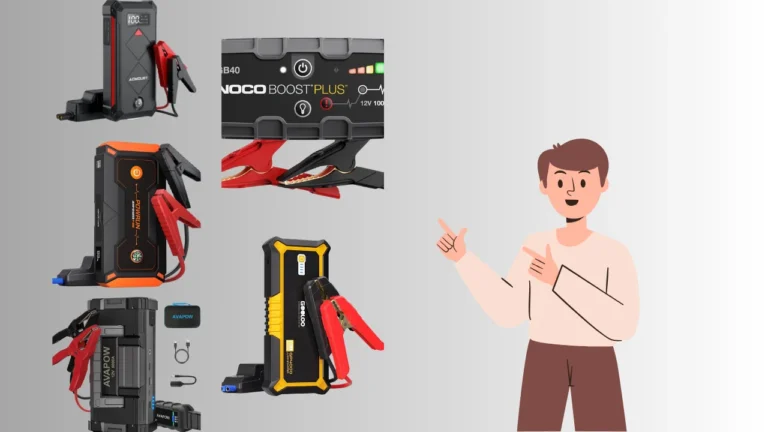Jump-starting a V8 engine requires a reliable power source, and one of the key factors to consider when selecting a jump starter is the required amperage. So, how many amps to jump start v8? V8 engines, known for their power and size, demand a higher level of electrical current than smaller engines to get up and running, particularly in cold conditions or when the battery is severely depleted. Learn the step-by-step process on how to jump-start a diesel truck with 2 batteries, ensuring you avoid potential mistakes that could damage your vehicle or batteries.
Amps: What Does It Mean for Your V8?
Amperage, or amps, refers to the strength of the electrical current a jump starter delivers to your car’s battery. The larger the engine, the more amps it will require to crank the motor and start the vehicle.
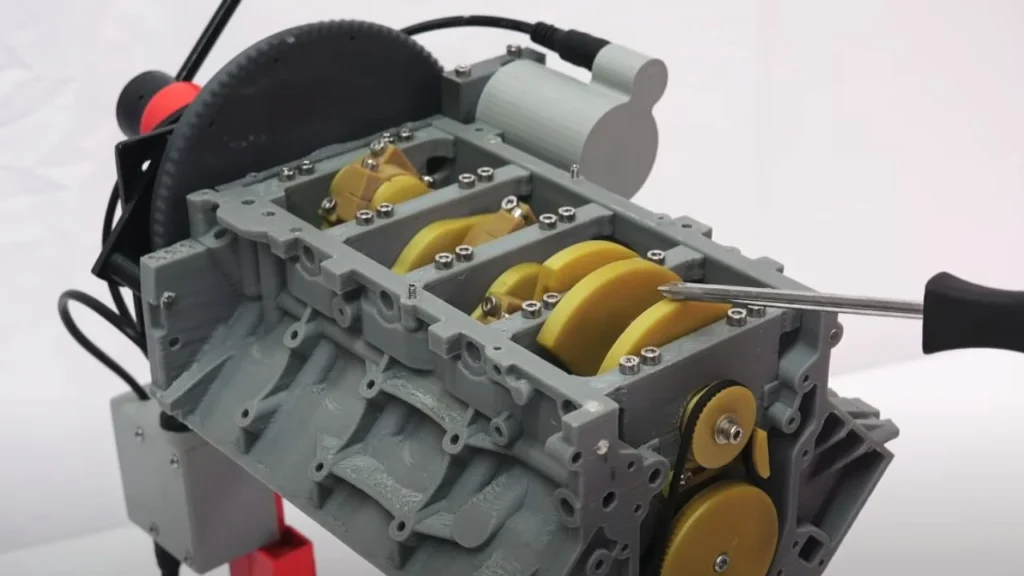
The amperage needed to jump-start a vehicle also depends on the condition of the battery, the environment (such as temperature), and whether the engine is diesel or gasoline.
How Many Amps to Jump Start V8?
So, how many amps to jump start v8? For a typical V8 engine, you will need a jump starter capable of delivering 400 to 600 amps at a minimum. In colder climates, where engine oil thickens and battery efficiency drops, you may need even more.
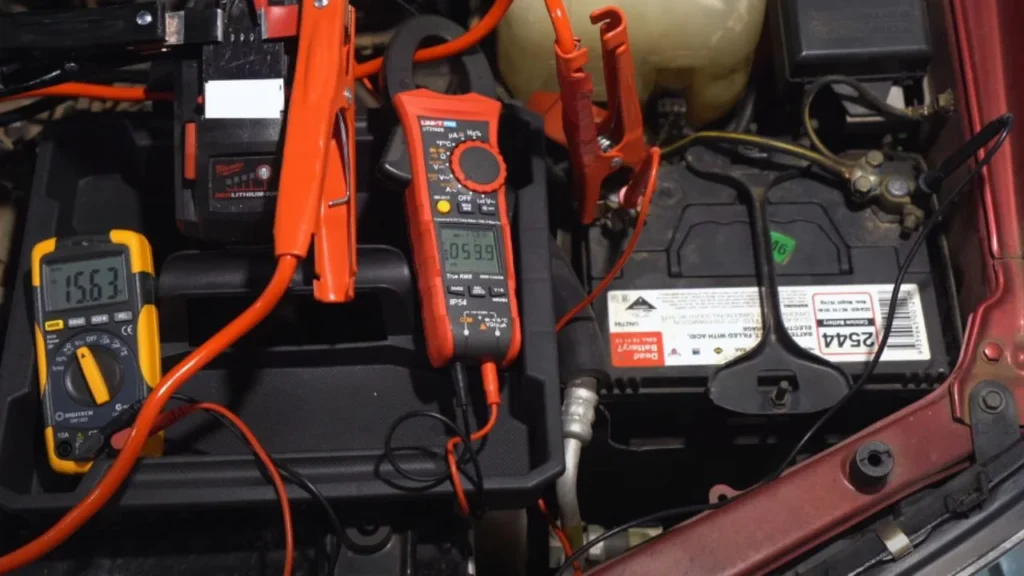
Cold cranking amps (CCA) are particularly important in these situations, as they indicate how well the jump starter can handle extreme cold temperatures. A reliable jump starter with a CCA of 600 to 800 amps should be more than sufficient for most V8 engines.
Factors Influencing the Amperage Requirements for a V8
Several variables can influence how many amps are needed to jump-start your V8 engine:
- Engine Type and Size: Larger engines, like V8s, generally require more amps than smaller 4- or 6-cylinder engines. For V8 engines in trucks, SUVs, or high-performance cars, 500 to 700 amps may be necessary to crank the engine successfully.
- Fuel Type: Diesel engines tend to need more power than gasoline engines. While a gasoline V8 might jump-start with 400-600 amps, a diesel V8 might require upwards of 700 amps due to the higher compression ratios and the need to power glow plugs.
- Battery Condition: An old or weakened battery will require more amps than a newer, well-maintained battery. If your battery is near the end of its life, even a well-powered jump starter may struggle unless it delivers enough amps.
- Temperature: Cold weather is a major factor that can increase the number of amps needed. In freezing temperatures, the oil thickens, and battery efficiency drops, necessitating a jump starter with higher cold cranking amps (CCA). For very cold climates, you may need as much as 600-800 CCA to ensure a successful jump. Discover practical advice on how to jumpstart a refrigerator compressor, a useful guide for when your fridge stops cooling properly.
The Importance of Cold Cranking Amps (CCA)
Cold cranking amps are a critical measure when determining if a jump starter is powerful enough for your V8. CCA refers to the number of amps a battery can deliver at 0°F for 30 seconds without dropping below a minimum voltage.
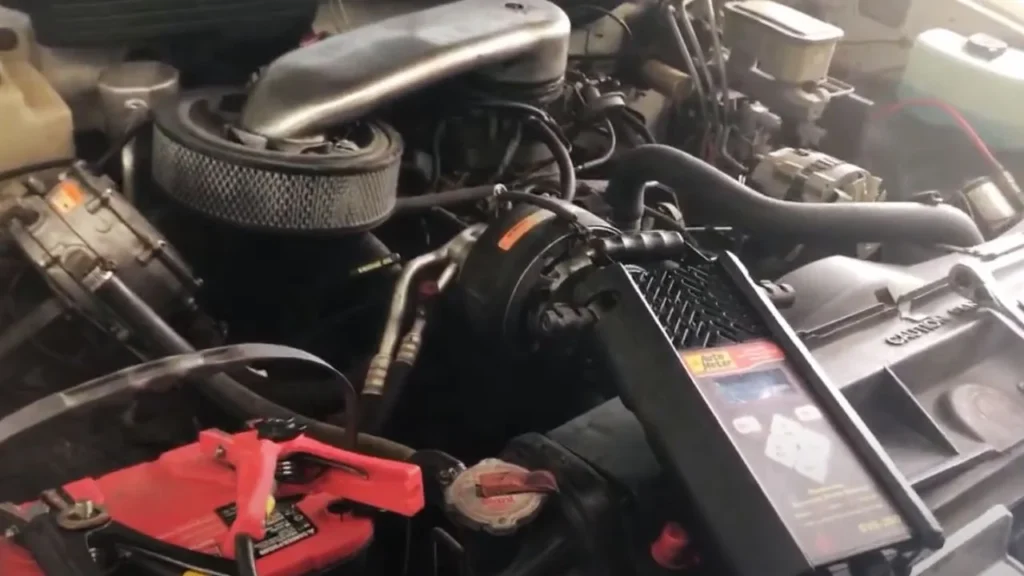
For V8 engines, a jump starter with at least 500-800 CCA is recommended, especially if you live in colder regions. The more CCA, the better the jump starter will perform in extreme conditions.
In cold weather, even a normally reliable jump starter might struggle without sufficient CCA. This is because cold temperatures slow the chemical reactions inside the battery, reducing its capacity to deliver power. If you frequently experience freezing temperatures, choosing a jump starter with a higher CCA rating ensures that you can rely on it in winter.
What Happens If You Use Too Many Amps?
A common concern is whether using a jump starter with too many amps can damage your vehicle. The answer is generally no. Jump starters only provide the amps that the car’s battery needs to start the engine.
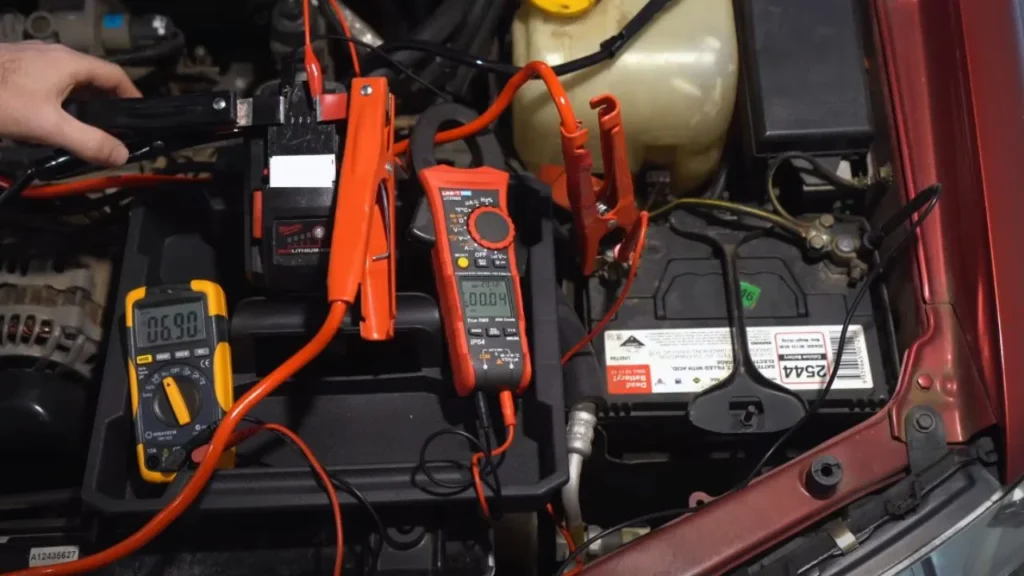
For example, if your car requires 500 amps to start, but your jump starter delivers 1,000 amps, the vehicle will only draw the 500 amps it needs. However, it is important to ensure the jump starter is compatible with your vehicle’s voltage (usually 12 volts for most cars).
On the other hand, if your jump starter doesn’t provide enough amps, you won’t be able to start your car, which can lead to frustration, especially in emergency situations. Explore whether it is bad to keep jump-starting your car battery, including the long-term effects it may have on your vehicle’s performance.
How to Choose the Right Jump Starter for Your V8?
When selecting a jump starter for your V8 engine, consider the following factors:
- Peak Amps: Ensure that the jump starter delivers at least 400 to 600 amps for gasoline engines or 600 to 800 amps for diesel V8s.
- Cold Cranking Amps (CCA): If you live in a cold climate, prioritize jump starters with a high CCA rating to ensure reliable performance in freezing temperatures.
- Additional Features: Many modern jump starters come with added functionalities such as USB charging ports, air compressors, and LED flashlights. These can be valuable in an emergency situation or during extended trips.
- Portability and Weight: Consider how often you’ll be carrying the jump starter. Heavier models are often more powerful but can be cumbersome to transport.
Maintenance Tips for Your Jump Starter
To ensure your jump starter remains in good working condition, follow these maintenance tips:
- Regularly Recharge the Unit: Even if you haven’t used your jump starter, it will lose charge over time. Recharge it every three to six months to keep it ready for use.
- Store in a Cool, Dry Place: Heat can reduce battery life, so keep your jump starter in a temperature-controlled environment when not in use.
- Check Cables and Clamps: Before using your jump starter, inspect the cables and clamps for signs of wear or corrosion. Damaged clamps can interfere with the electrical connection and reduce the effectiveness of the jump starter.
The Role of Temperature and External Conditions in Amperage Requirements
When jump-starting a V8 engine, temperature and external environmental conditions play a significant role in determining how many amps you’ll need. Here’s how various factors affect the amperage requirements:
1. Cold Weather Challenges
In cold climates, starting a vehicle becomes more challenging due to the decreased efficiency of the battery and the increased resistance in the engine caused by thicker oil. Cold weather requires more power to start the engine, which means you will need higher amperage to compensate for these challenges.
For instance, while a V8 engine typically requires 400-600 amps, in freezing temperatures you might need 600-800 amps due to the drop in battery performance. The Cold Cranking Amps (CCA) rating of your jump starter is a critical measure in this scenario.
CCA indicates how well the jump starter can handle low temperatures and provide enough amps to crank the engine when it’s cold outside. Learn how to safely jump-start a box truck with this guide on jump-starting a box truck, covering essential tools and step-by-step instructions.
2. Impact of Hot Weather
While cold weather poses significant hurdles, hot weather can also affect your vehicle’s battery, albeit in a different way. Heat accelerates the degradation of a battery’s internal components, which in turn reduces its capacity over time.
While high temperatures don’t necessarily increase the immediate amp requirement to jump-start a vehicle, a battery weakened by excessive heat may require more amps than a fully functional one. Regularly checking your battery’s health during hot months ensures it remains reliable, preventing the need for extra amperage during jump-starts.
3. Battery Condition and Age
The age and condition of your battery are other important considerations. A brand-new or well-maintained battery requires fewer amps to jump-start compared to an old or degraded battery. As a battery ages, its ability to hold a charge decreases, and it may require significantly more amps to jump-start the vehicle.
If your battery is already nearing the end of its lifespan, it could demand higher amperage—potentially exceeding 600 amps—to start your V8 engine. Routine maintenance and timely replacement of your vehicle’s battery can help mitigate these issues.
4. Additional Electrical Demands
Modern vehicles often come equipped with a range of electrical features such as headlights, radios, GPS systems, and air conditioning, which may be running when the engine is turned off. These additional electrical demands can increase the overall amperage required to jump-start the vehicle.
Before attempting to jump-start your V8 engine, it’s advisable to switch off all unnecessary electrical systems to ensure that the full power from the jump starter is directed towards cranking the engine. This reduces the total power required and ensures a more efficient jump-start process. Discover the steps for jump-starting a Mini Cooper efficiently and avoid damaging your car’s sensitive electronics.
Wrapping Up:
In conclusion, jump-starting a V8 engine typically requires a jump starter capable of delivering 400 to 600 amps for gasoline engines and up to 800 amps for diesel V8s. Cold weather, battery condition, and engine size all play significant roles in determining the required amperage. Hope so, now you know how many amps to jump start v8.
Selecting a jump starter with the right CCA rating is crucial for ensuring reliable performance in all weather conditions. Always opt for a jump starter that fits your vehicle’s needs, and prioritize maintenance to ensure your jump starter is ready when you need it most.
Ali is a tech enthusiast and automotive aficionado, passionate about sharing insights on the latest innovations and industry trends.
